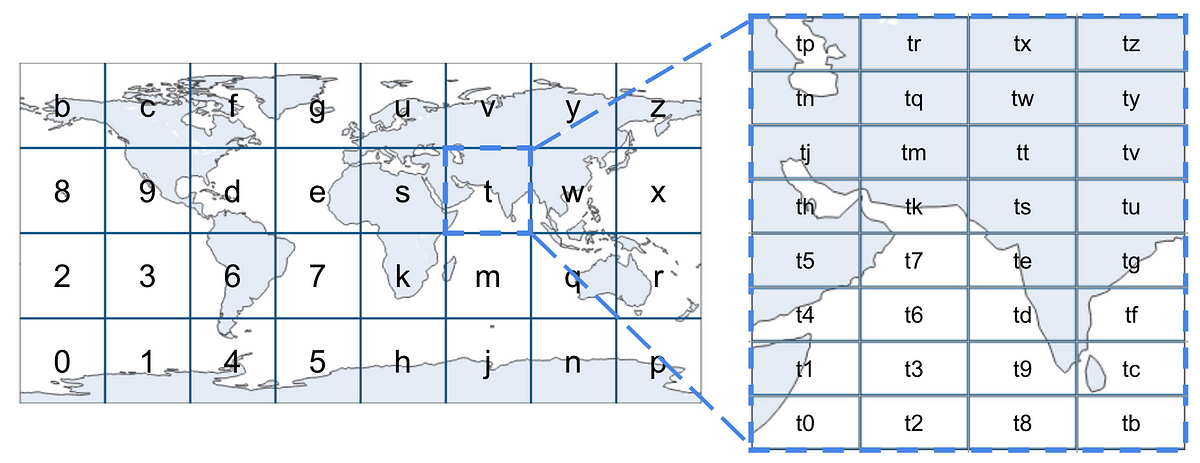Experimenting with Large Language Models for free (Part 2) Photo by Glib Albovsky, UnsplashIn the first part of the story, we used a free Google Colab instance to run a Mistral-7B model and extract information using the FAISS (Facebook AI Similarity Search) database. In this part, we will go further, and I will show how…











